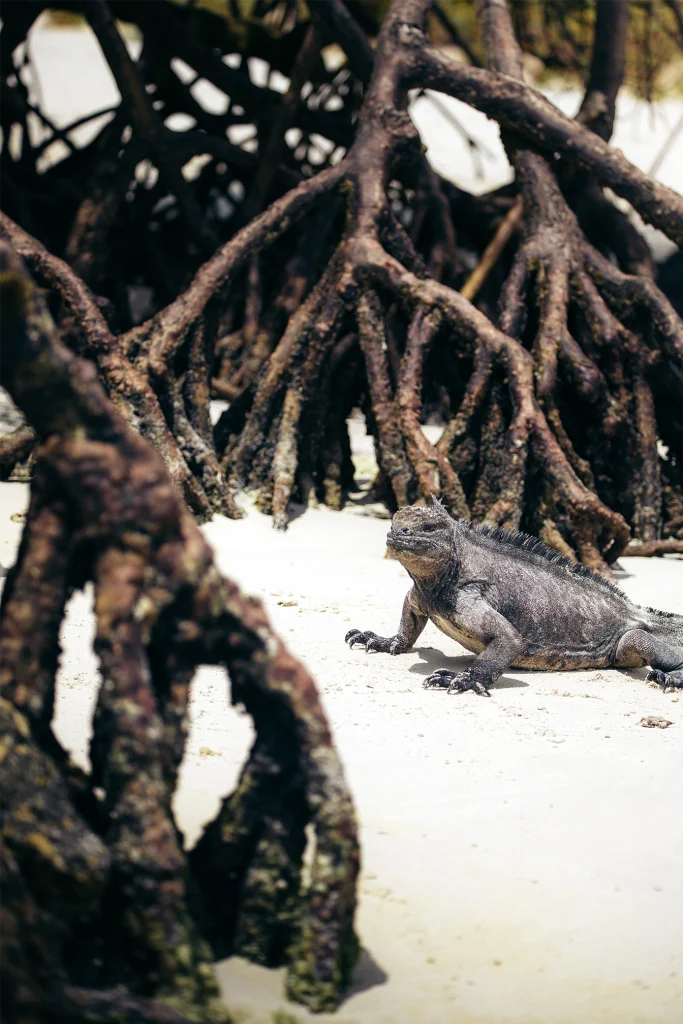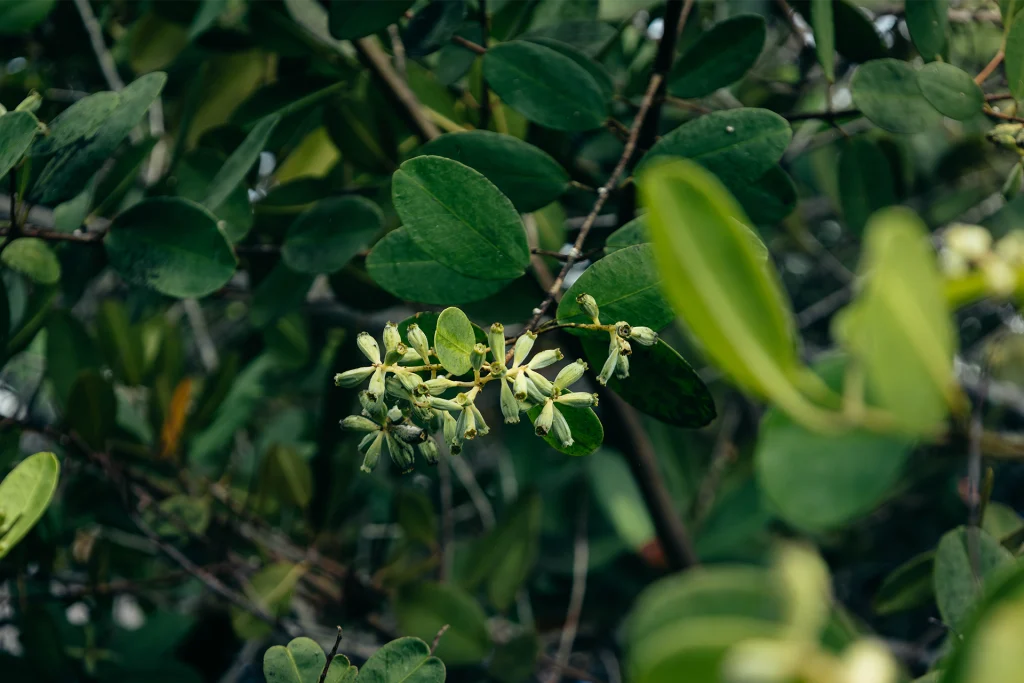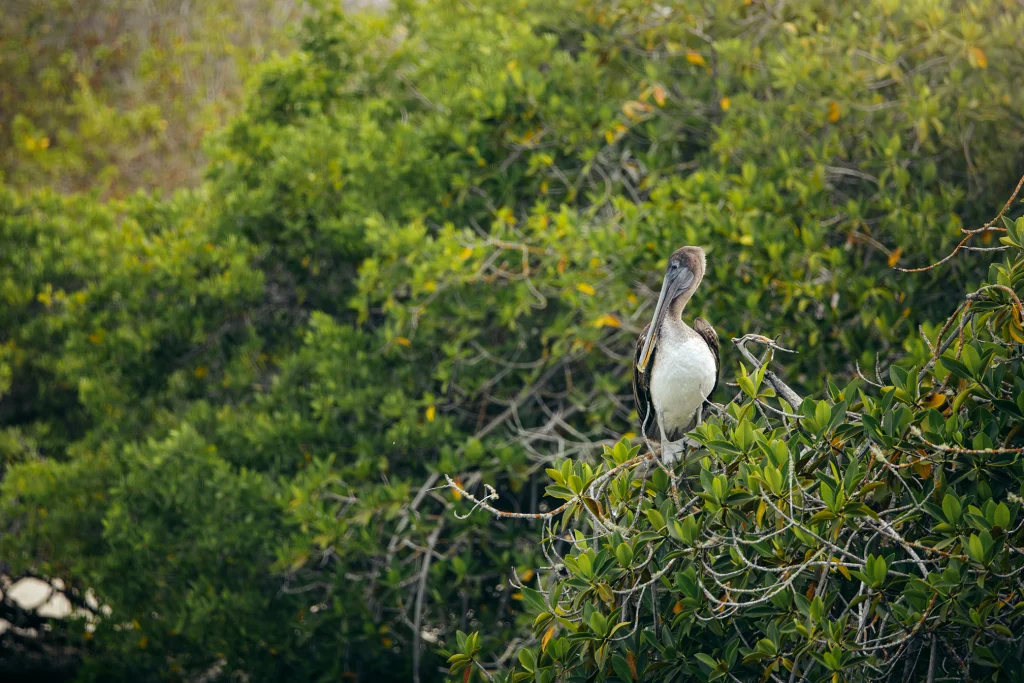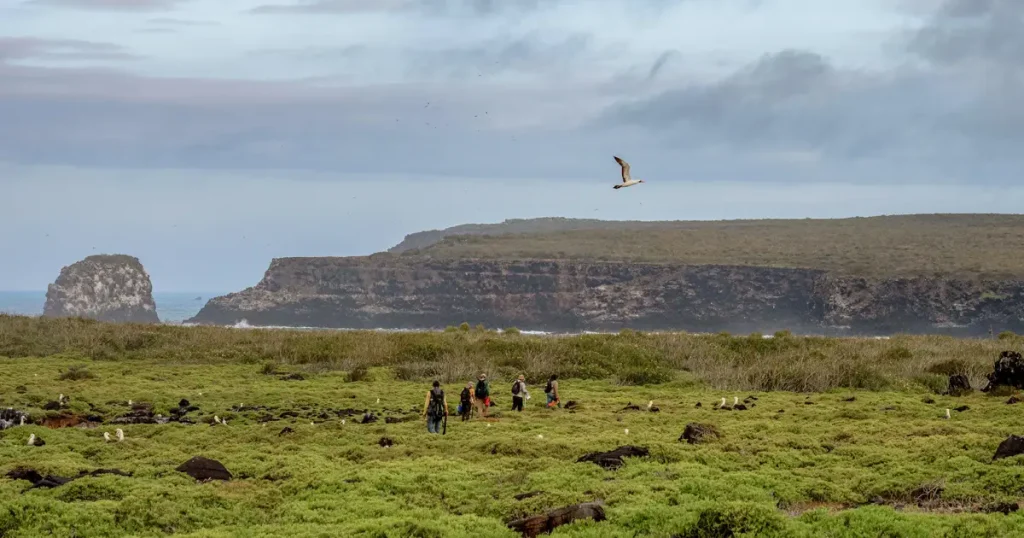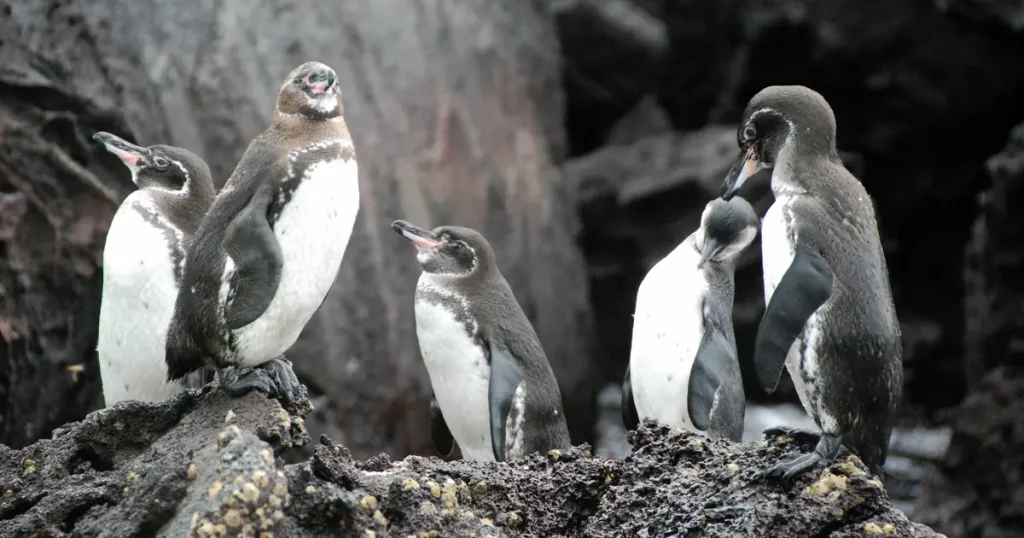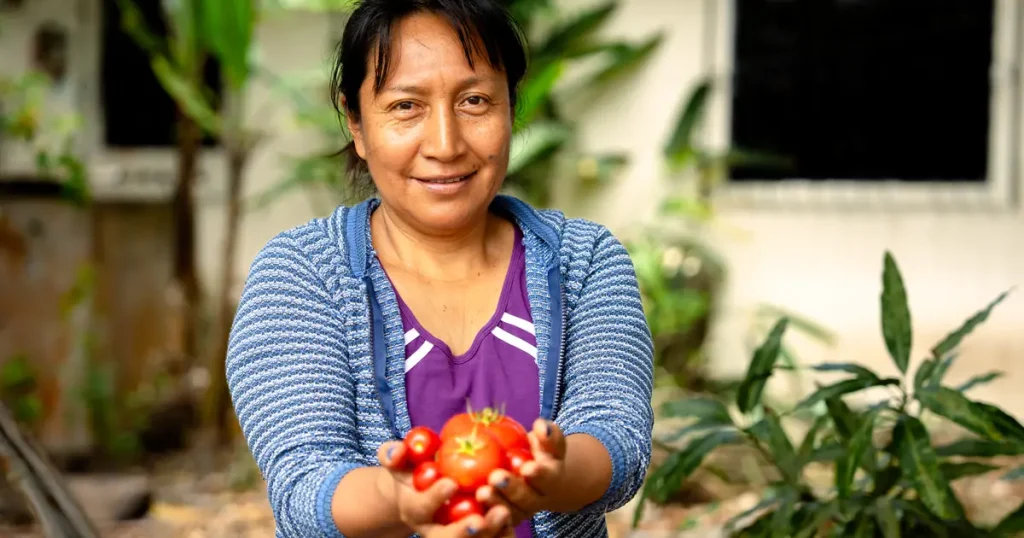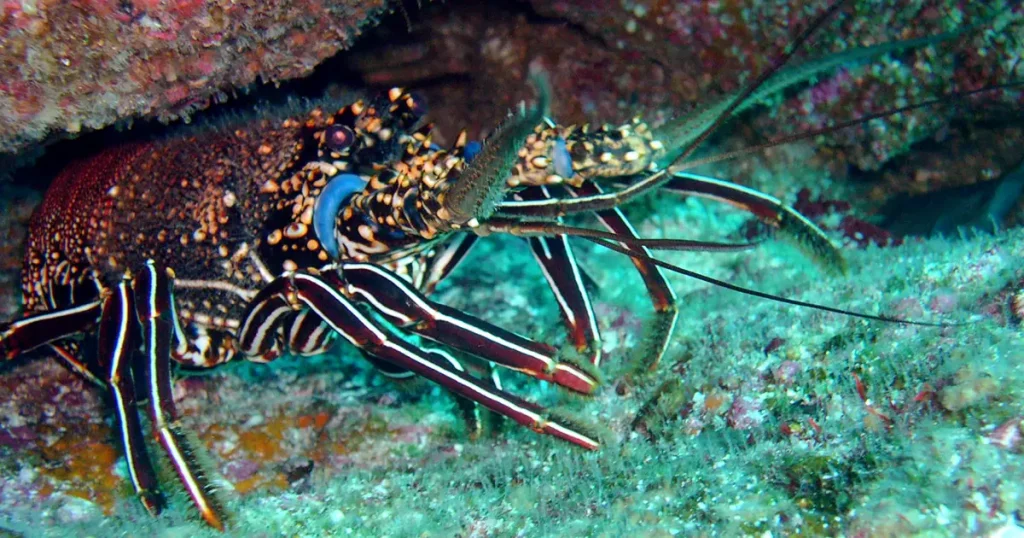Celebrating the Conservation of Mangrove Ecosystems
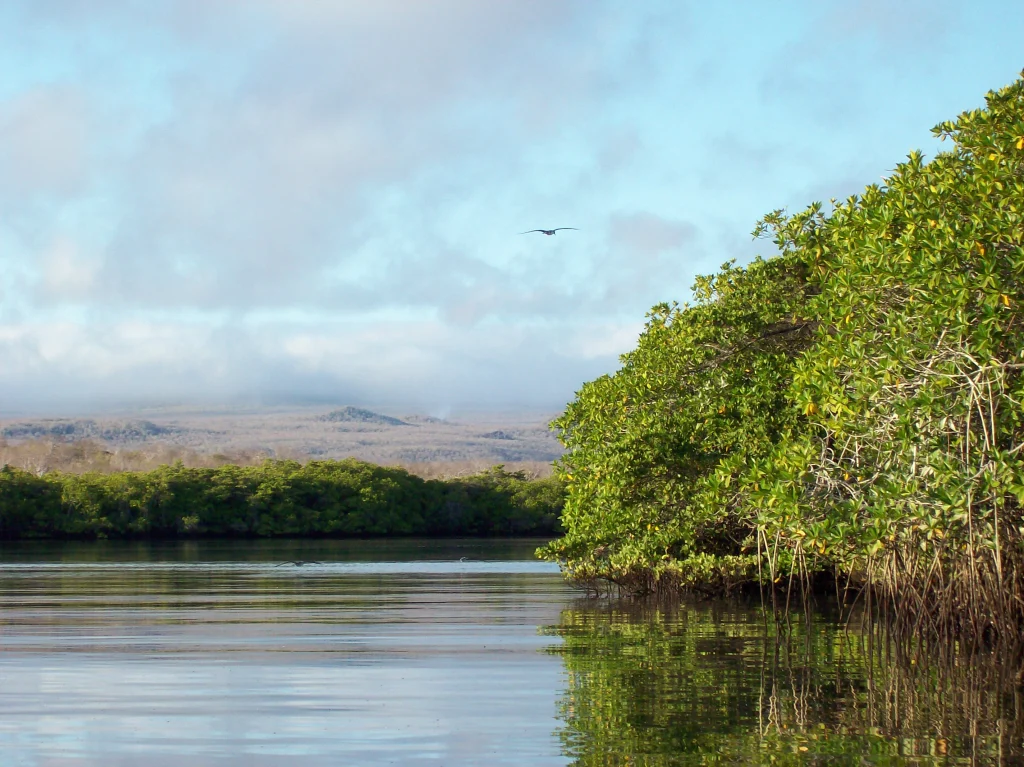
On July 26th, the world comes together to celebrate International Day for the Conservation of the Mangrove Ecosystem. This day, created by the UN Educational, Scientific and Cultural Organization (UNESCO), emphasizes the critical role that mangrove ecosystems play in maintaining the health of our oceans and coastlines and providing for the well-being of people around the world.
The Global Importance of Mangroves
Mangroves are trees and shrubs that grow along tropical and subtropical coastlines. They thrive in salty water and muddy soil, forming dense forests with roots adapted to tidal changes. Mangrove ecosystems play a crucial role in supporting marine-coastal biodiversity. Mangroves are also essential for coastal protection by stabilizing shores, reducing erosion, and acting as natural barriers against coastal flooding, they also capture vast amounts of carbon dioxide in their trunks, roots, branches, and leaves, playing a crucial role in reducing climate change.
Mangroves in Galápagos
Galápagos is home to four distinct mangrove species: red mangrove, black mangrove, white mangrove, and button mangrove. Each species has unique adaptations. For example, the black mangrove has specialized salt-extracting glands, and the white mangrove has structures called pneumatophores, which are roots that grow upward from the ground and help the mangroves breathe in oxygen even in waterlogged soils. These features are not only essential for the survival of these trees in the marine environment.
In the Galápagos archipelago, mangroves provide essential habitat for diverse marine species to complete their life cycles, including pelicans, frigatebirds, iguanas, sea turtles, sea lions, and various shark species, as well as several economically valuable ones like the reef fishes such as snappers and bacalao (a type of cod).
A recent study by the Charles Darwin Foundation highlights the ecological and socioeconomic importance of mangroves in the Galápagos archipelago. The study revealed that only 5% of mangrove areas in Galápagos are fully protected from extractive activities under the Marine Reserve zoning established in 2001.
Commitment to Conservation
Today, on International Mangrove Protection Day, we want to emphasize the significance of conserving these ecosystems as a crucial component of global environmental health. By working together and implementing successful conservation policies, we can guarantee that mangroves will keep providing their invaluable environmental services in Galápagos and elsewhere.
